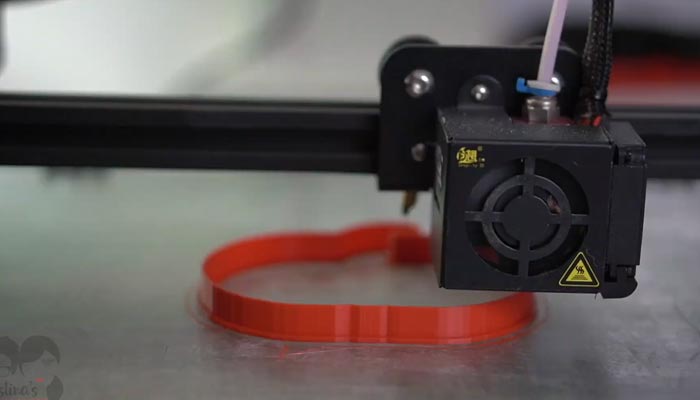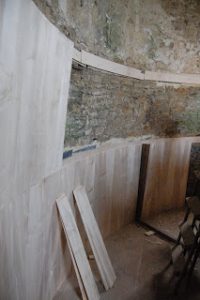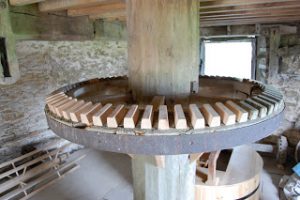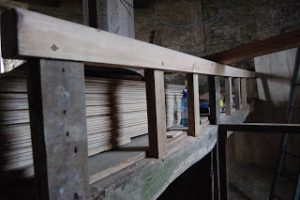How to Make a 3D Printed Cookie Cutter
To begin, determine what material you are using. Some types of plastics are better suited for printing than others, but all types are safe. The most common filaments are PETG, ABS, and PLA. Learn more about the different filament types in the following sections. In addition, determine what print speed you need and check with your printer manufacturer before ordering. The higher the speed, the longer the cookie cutter will last.
Prints Using Fine PLA
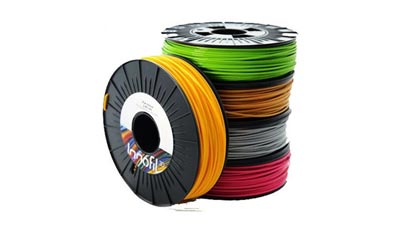
For more intricate designs, you’ll need to print with a thinner layer of PLA. A standard 0.3mm layer height will do the trick, but 0.4mm should work fine for most cutters. The thickness of the outer shell is important, and the thickness of this wall will determine how sturdy the object will be. If you’re making a cookie cutter, a thicker shell will make it more durable, so be sure to check the manufacturer’s instructions for safety. Once you aim for an article source about 3D printer, browse this site.
Print Cutters with 3D Printing Technology
Once you have a design, you can download it to a computer. You can import the STL file to your printer. After the model is downloaded, save it to a folder on your computer. Then, open the folder in which you want to print your cutter. Then, you can precede to 3D print the cutter.
Choosing the Right 3D Printer
Once you’ve chosen your desired design, the next step is to choose the best 3D printer for you. Then, you’ll need to choose the best software to make the slicer. Finally, you’ll need to choose the proper filament. Unlike with traditional methods, using a plastic material in a 3-D printer requires some patience and careful planning. However, it can be a fun and rewarding project.
A 3D Printed Cookie Cutter
The process of making a 3D printed cookie cutter is quite simple. Once you’ve selected your design, you’ll need to prepare the materials. You’ll need to choose a filament that’s safe for food. A good option for this purpose is PETG, which is safe for the body and the skin. If you plan to use the plastic in a baking product, you’ll need to consider the size and color.
Selecting the Appropriate Filament
You’ll need to select the appropriate filament. Intricate cookie cutters will need a higher layer height than simple ones. A standard thickness of 0.32mm is sufficient for a cookie cutter. Ideally, the print speed should be between 40 and 60mm per second. If the design is intricate, you’ll need to use a smaller nozzle. A lower speed will allow the image to look great and prevent a sticky mess.
Consider PLA Filament
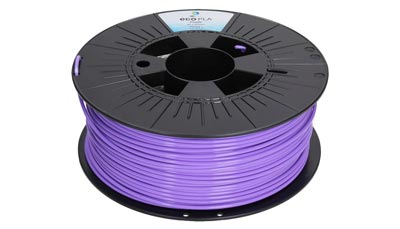
Once you’ve chosen your design, you’ll need to find the proper filament. A 3D printed cookie cutter made of PETG will be safe for food. If you’re using a PLA filament, you should choose a natural one. There are many PLA varieties that don’t have food-safe additives. While a 3D printed cookie cutter will only be in contact with the dough for a brief time, it may be a little too long. And, if you bake it, bacteria can build up in the smallest gaps.
Conclusion:
After choosing your design, you’ll need to create a template. For example, you can use a photo of a face to make a face-shaped cookie cutter. Alternatively, you can use an image of an object of your choice to create a cookie cutter with a face. In either case, the end result will be unique and beautiful. It’s not uncommon to see a facial expression in a cookie or to eat a few in one sitting.
